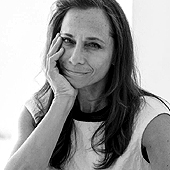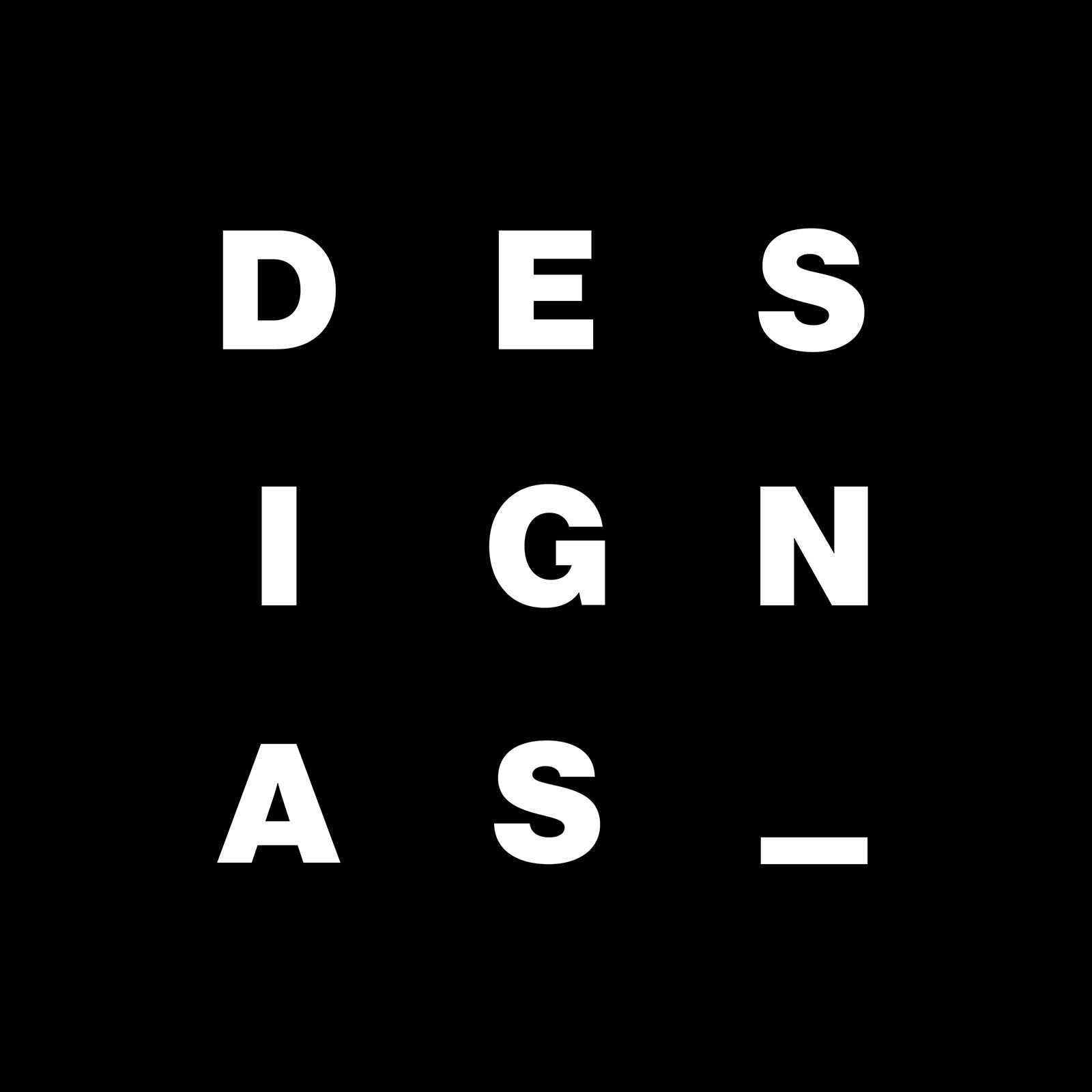
May 20, 2004
Annals of Academia, Part II: Graphic Design and The New Optimism
Though it was not my original intention to open a polemical debate on the role of theory in design education, it appears I have done so, so allow me to try and address this head-on. By way of disclaimer (or apologia) I am speaking for myself only, not for the University where I have taught for a decade and where I received my own degrees. However, I have spent a good deal of time trying to stake out my position where design education is concerned.
So: here goes.
To begin with, I don’t believe I am alone when I register impatience at the suggestion that graphic design owes much to literary theory: the actual origin of any theory itself is, I would argue, less critical. What does seem critical, from an educational standpoint, is that students are equipped with the intellectual guidance to understand what they read, and the objectivity to deconstruct a theory’s relevance with regard to graphic design. To achieve the former requires patience, both with oneself and with the material. To achieve the latter requires boldness and a sense of conviction that, in my opinion, really only come from maturity.
In general, we introduce theory in the classroom not because of the product it generates so much as the process it informs; but in the absence of an original idea, students often see theory as a validating conceptual armature, a crutch. This is where our educational system fails us: for as long as the connection bewteen theory and practice remains thwarted by poor pedagogical direction, we cannot expect our students to know the difference.
To me, the goal is to groom students whose comfort level with theory is such that they emerge from a degree-granting program able to articulate their own theories. Isn’t the point of a good education, any good education — to ultimately think for oneself? In this view, it doesn’t really matter if the student reads Thorstein Veblen or Thornton Wilder. I would tend to agree with Design Observer reader Manuel Miranda that “readings” of such theorists as Roland Barthes and Walter Benjamin (I’d probably add Derrida and Debord to this line-up as well) are now so thoroughly picked-over that I suspect any substantive yield on new visual thinking is basically negligible. And for designers in general (and design students in particular) isn’t the goal, in the end, to actually say/do something that hasn’t been said/done before?
An anecdote — and one that will, perhaps, bring this discussion to a more promising conclusion.
In March of this year, I sat through interviews with 48 prospective graduate students from all over the world. In general they were an impressive bunch: sophisticated, smart and in more than a handful of instances, multi-lingual. So how was it that their experiences, varied as they were, all led them to seek two years of intensive graduate study at Yale? Of the nearly 200 applicants this year, this final group (later whittled down to ten) shared one very particular characteristic: they posessed a kind of intellectual restlessness I have rarely seen.
Let me qualify. One student spent 19 hours travelling from Asia and made a book on the plane: not content to wait until she returned to her studio to produce something, she fashioned an inventive binding out of paper clips and produced an entirely computationally-free bookform enroute. Another traveled from Eastern Europe where her politically-charged publications revealed an entirely new form of graphic protest. I met students from Baltimore to Beijing, looked at work in two, three and four dimensions, but mostly what I saw was novelty — of approach, of perspective, of materials and methods. I saw enthusiasm, inventiveness and original thinking. Over the course of a few days, I saw evidence of a new optimism in graphic design, one not so much framed by the mechanics of obedient communication as informed by the designer’s observations about a larger world.
Here’s what I didn’t see. I didn’t see a lot of hero worship. I didn’t see a lot of corporate websites. I didn’t see tiresome gimmicks, false mimicry or flailing mannerisms. I did, of course, see some goofball projects — work that was inpenetrably subjective, indulgent or shamelessly self-conscious — but this was more the exception than the rule, and to some extent, is to be expected of any juried circumstance. More encouragingly, I saw quite a bit of drawing, evidence that this new generation of designers knows how to work through a problem in the absence of, say, a G4. I saw evidence of thinking, which is not the same as theory, but it’s close. And in the long run, it’s better.
I came away from that exhausting week last March with an unusually upbeat view of the future — a view which was confirmed this past week when I sat through more than 20 hours of graduate thesis reviews. I have, as many of us do, a healthy skepticism when it comes to the act of reviewing student work (or any work, for that matter) but after ten years as a critic I feel the tide is turning, and why? By all indications, portable technologies support the novice photographer; better computational tools assist the apprentice typographer; and affordable desktop color printers make every “printed” project look like a work of offset genius. Nevertheless, in spite of their irresistable allure, these formal enablers can’t replace such human faculties as observational awareness, intellectual curiosity, or the evocations of character. Those are the qualities which make our work great, theory be damned: for what good is theory in the absence of great work?
There are many, many factors which contribute to admission decisions, and while I am not at liberty to disclose them here, what I will share is this: how a designer perceives him or herself in the world, the degree to which their observations ricochet back into their own work depends on many things, not least of which is a cultivated mind; an ability to formally articulate an idea; and an appreciation for fairness, compassion and honesty. The next generation of designers will produce work in a world that needs all of these things, and so it is especially critical that we groom our students to sustain their commitment to formal rigor while at the same time urging them to advance both their own ideas and the ideas of others. Where theory fits into design education is but a fraction of a much bigger debate, one that would do well to consider designers not merely as makers, but as mediators; as curators; as directors; as ambassadors of ideas. This kind of approach demands a robust educational system — and an underlying critical culture — that encourages designers to think for themselves. This is what I am beginning to see, and it is precisely this independent presence of mind that perhaps more than anything else frames my optimism now, at the conclusion of this academic year. My prophecy may be misguided, or elitist, or unusually subjective, but it is indeed hopeful. In this uncertain age, it may just turn out to be a very good time to be a graphic designer.
Observed
View all
Observed
By Jessica Helfand
Recent Posts
DB|BD Season 12 Premiere: Designing for the Unknown – The Future of Cities is Climate Adaptive with Michael Eliason About face: ‘A Different Man’ makeup artist Mike Marino on transforming pretty boys and surfacing dualities Designing for the Future: A Conversation with Don Norman (Design As Finale) Innies see red, Innies wear blue: Severance’s use of color to seed self-discovery
 Jessica Helfand, a founding editor of Design Observer, is an award-winning graphic designer and writer and a former contributing editor and columnist for Print, Communications Arts and Eye magazines. A member of the Alliance Graphique Internationale and a recent laureate of the Art Director’s Hall of Fame, Helfand received her B.A. and her M.F.A. from Yale University where she has taught since 1994.
Jessica Helfand, a founding editor of Design Observer, is an award-winning graphic designer and writer and a former contributing editor and columnist for Print, Communications Arts and Eye magazines. A member of the Alliance Graphique Internationale and a recent laureate of the Art Director’s Hall of Fame, Helfand received her B.A. and her M.F.A. from Yale University where she has taught since 1994.



